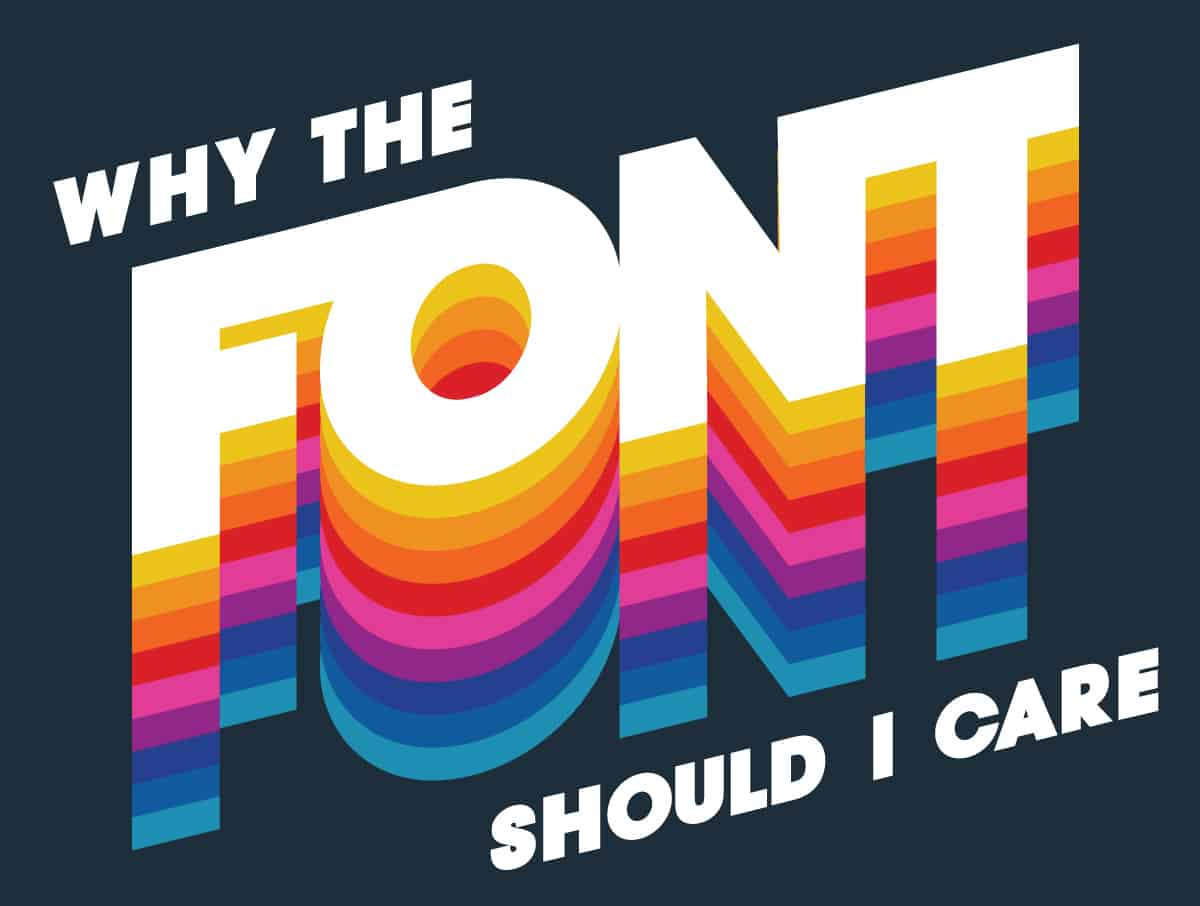
Sometimes an idea is great enough to rise above even the worst presentation. For all other ideas no pictures, poor grammar, or a bad font can lose your audience before you even have a chance.
In the span of human history, few things have truly changed our culture more than the invention of the written word. And ever since then we have struggled to bring to our writing the same meaning and emotion that we are able to breathe into words. This is just as true when we are pouring our hearts into a personal blog, as it is when we are writing our brand promise on a company brochure. Our business is our livelihood. Our business fuels the most important things that we need as humans: a meal to eat, a place to rest and a means to participate in the world around us.
So when it comes to putting cursor to webpage, or printing press to paper, every choice that we make matters to our message. There are so many of these decisions that we make while speaking that don’t even register to our conscious brain. The way we move our hands. The way that we angle our head slightly to maintain eye contact. The gleam in our eye as we get into an exciting topic. How do we put that into a written piece?
Part of the secret is in the font choice.
The Power of Font
Research tells us that fonts can drastically change the way readers react to your writing. A 2012 New York Times study by Errol Morris found that using Baskerville font lead to a 1.5% increase in readers believing a false scientific report over five other fonts. Serif fonts, those with the ‘tails’ and ‘feet’ on the ends of letters, have been used in scientific and professional reporting since printing began. Baskerville has a classic, reliable look that breeds confidence.
The Internet went into hysterics when CERN, the European Organization for Nuclear Research, announced the discovery of a new subatomic particle in a press release using Comic Sans. If CERN had a marketing department they would have been nominated for awards based on the coverage from that release. There was even a Change.org petition to change the name of Comic Sans to Comic Cerns. You can’t buy coverage like that.
So how do you choose what font will best represent your message? While there are no clear rules to follow, a few guidelines can help add nuance to your writing.
To Sans, or not to Sans?
The Serif, also called Roman fonts, have small projections on the ends of most letters. Serif fonts are some of the most recognized because of their early use in print. Serif fonts convey credibility, professionalism, and academic integrity. These fonts are easily recognizable, especially in print, because they created the standard.
Sans-Serif fonts have none of the projections and are sometimes referred to as Grotesque or Gothic fonts. These letters give a cleaner, more modern look and are usually easier to read in long paragraph formats.
Script fonts mimic cursive letters. You can tell a story of class and elegance, quality and royalty using a script font. They can be difficult to read in long sentences or paragraphs.
Display fonts are the strange ones. Marquees, Old Western, Ransom Note. Used sparingly, these fonts can create an instant connection before the reader has even acknowledged what the words say.
Choose Colors Wisely
Contrast is an important element in print and on the web. Bold color can draw attention to a line of text, but be aware of background images and color. It is also worth remembering that 8-15% of people are colorblind and unable to differentiate certain hues next to each other.
So Why the Font Should I Care?
All of your choices are important when creating your brand, and font choice allow you to bring the reader into your story without saying a word. If you would like help crafting the perfect look for your story, Printing for Less’s design and print team have the experience and knowledge to make it happen.
Need help with your print? Talk to a live print expert today: 800-930-7978.
